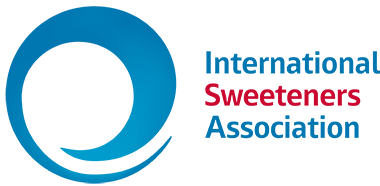Abstract
The aim of the present study was to monitor the consumption of foods containing intense sweeteners present on the Italian food market and to investigate whether the Italian general population (aged >3 – 65+) was at risk for exceeding the Acceptable Daily Intake (ADI) of 10 intense sweeteners. A food label survey was performed in Rome (Italy), using market share data to identify the brands more representative of the market. A sample of 326 foods (table-top sweeteners included), beverages and food supplements containing intense sweeteners was collected and analyzed in order to establish the concentration levels. Intense sweeteners were only found in foods belonging to 8 sugar-free food categories out of 37 regulated. The dietary exposure was estimated using the tiered approach. Food consumption data from the last Italian national survey (INRAN-SCAI 2005-06) were combined with Maximum Levels at Tier 2, and with the actual concentration of sweeteners in the collected food products at Tier 3. The estimated exposure among consumers of sweeteners in Italy was well below the ADIs, in both tiers; non-alcoholic beverages, table-top sweeteners and food supplements were main contributors to exposure.
Summary
Having collected and analysed a representative sample of 326 foods containing low calorie sweeteners, and upon estimation of the dietary exposure using the tiered approach, the study by Le Donne et al concludes that there is no risk related to the consumption of sugar-free products in Italy. Specifically, the present study confirms that the daily intake among consumers of food sources of low calorie sweeteners in Italy is well below the ADI considering all age classes and gender. In fact, the risk of exceeding the ADIs of the studied sweeteners by the Italian consumers resulted to be very low, both at the level of the more conservative approach (Tier 2) and when actual concentration levels in foods were taken into account (Tier 3). More studies, previously conducted in Italy, also showed that intakes are significantly below the established ADI for the respective sweeteners, both in adolescents’ population (Leclercq et al, 1996) and in adults (Arcella et al, 2004; Vin et al, 2013).

